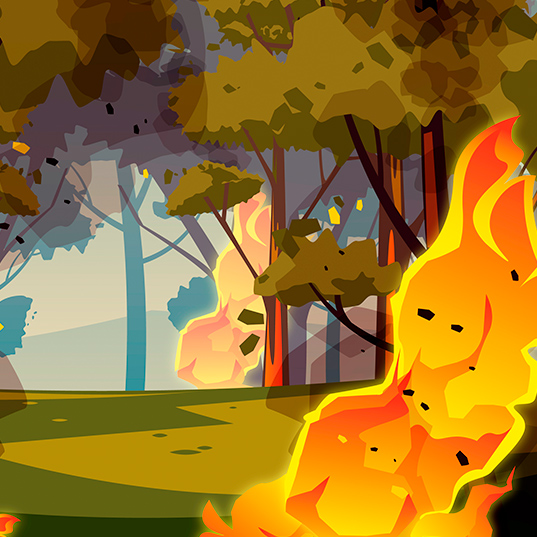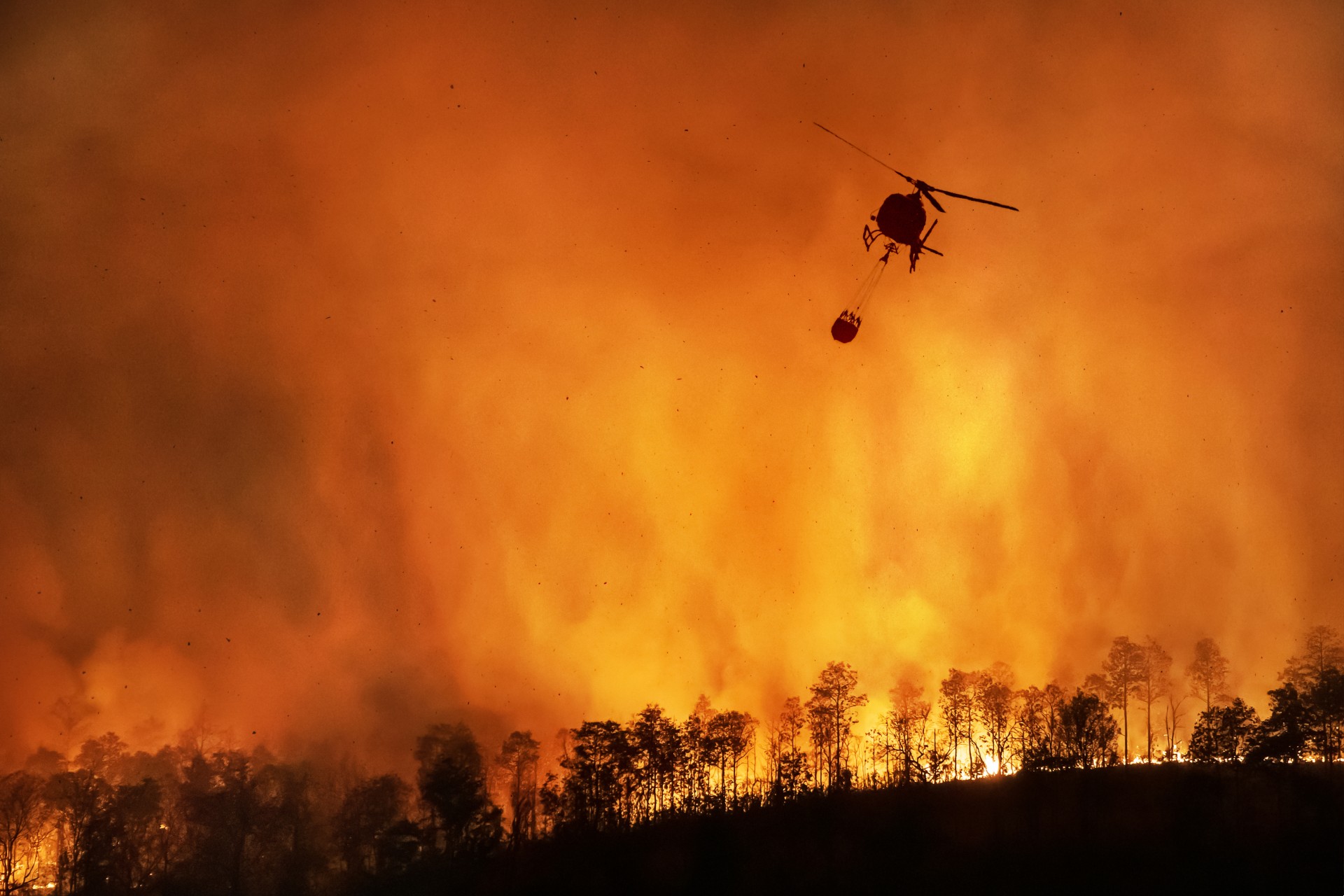The ozone layer is recovering, but forest fires may affect its regeneration
A recent study by MIT on Australia's fires in 2019 concludes that smoke particles also affect the ozone layer.
The discovery of the ozone hole in 1986 represented a dramatic shift in the global environmental narrative. Nations around the world came together to combat the threat, culminating in the adoption of the Montreal Protocol, a treaty designed to reduce the emission of the gases responsible for this phenomenon.
Decades later, research tells us that these efforts are giving excellent results. The ozone layer is expected to recover completely in just a few decades. New challenges have emerged, however. It has recently been discovered that large-scale forest fires are having serious consequences on the ozone layer.
What will I read in this article?
- The recovery of the ozone layer
- The impact of fires on the ozone layer
- What triggers this new challenge?
From alarm to recovery: the progress of the Ozone Hole
 In the 1980s a team of British scientists made a discovery in the Antarctic that stunned the world: a hole had opened up in the ozone layer. This announcement caused not only astonishment but also concern, as the ozone layer plays a vital role in protecting the earth from the sun's ultraviolet radiation.
In the 1980s a team of British scientists made a discovery in the Antarctic that stunned the world: a hole had opened up in the ozone layer. This announcement caused not only astonishment but also concern, as the ozone layer plays a vital role in protecting the earth from the sun's ultraviolet radiation.
Research attributed the blame to chlorofluorocarbons (CFCs), man-made chemicals commonly used in aerosols and coolants. CFCs were depleting the ozone layer at an alarming rate, posing a serious threat to life on Earth.
This discovery turned out to be a call to action. Just one year later, 24 nations joined together and agreed to reduce CFC production levels by signing the Montreal Protocol.
Nowadays, the news is more encouraging. As we tell you in this article, if current policies are maintained the ozone layer is expected to return to pre-ozone hole levels in approximately four decades. Specifically, in 2066 in Antarctica, 2045 in the Arctic and 2040 in the rest of the world.
“The ozone layer is expected to return to pre-ozone hole levels in approximately four decades”.
The unexpected effect of forest fires on the ozone layer
According to some scientific studies, the new threat currently facing the ozone layer is smoke from large-scale forest fires.
According to a new study from the Massachusetts Institute of Technology (MIT) published in the journal Nature, the fires that ravaged Australia in 2019 caused significant destruction of the layer of ozone in the southern hemisphere.
It is estimated that these fires were responsible for the destruction of 3-5% of the ozone present in the mid-latitudes of the Southern Hemisphere (i.e. over Australia, New Zealand and parts of Africa and South America).
"The fires in Australia in 2019 led to the destruction of between 3% and 5% of the ozone present in the mid-latitudes of the Southern Hemisphere."
In addition, air currents would have moved this smoke to the Antarctic, where the ozone hole would have been enlarged by 2.5 million km2 (10% of its size before this happened). This new finding suggests that forest fires could delay, or even reverse, some of the progress made.
What is the reason for this?
 Mainly, because smoke from a forest fire can reach the stratosphere, the part of the atmosphere that contains the ozone layer. There, particles emanating from the fire plumes can remain suspended for months, triggering chemical reactions that lead to the degradation of the ozone layer.
Mainly, because smoke from a forest fire can reach the stratosphere, the part of the atmosphere that contains the ozone layer. There, particles emanating from the fire plumes can remain suspended for months, triggering chemical reactions that lead to the degradation of the ozone layer.
"Where hydrochloric acid has already accumulated, it is converted into a more reactive molecule - chlorine monoxide - and this is what ends up degrading ozone," explains CSIC scientist Fernando Valladares in an interview with RTVE. The hydrochloric acid in the stratosphere comes from the breakdown of CFCs (chlorofluorocarbons in aerosols) that humans have been emitting for almost a century.
The discovery of the ozone hole in 1986 marked a milestone in our understanding of human impact on the environment and led to significant changes in global policy. This recent study points out, however, that forest fires, intensified by climate change, pose a new threat to the ozone layer.
We are on course for full recovery, but to meet the new challenges it is essential to continue to reduce the burning of fossil fuels, greenhouse gas emissions, and prevent forest fires.
Let us hope that this new discovery will serve to unite nations as the Montreal Protocol did at the time, and set in motion the necessary measures to protect not only our ozone layer but also our common home: planet Earth.
Source:







